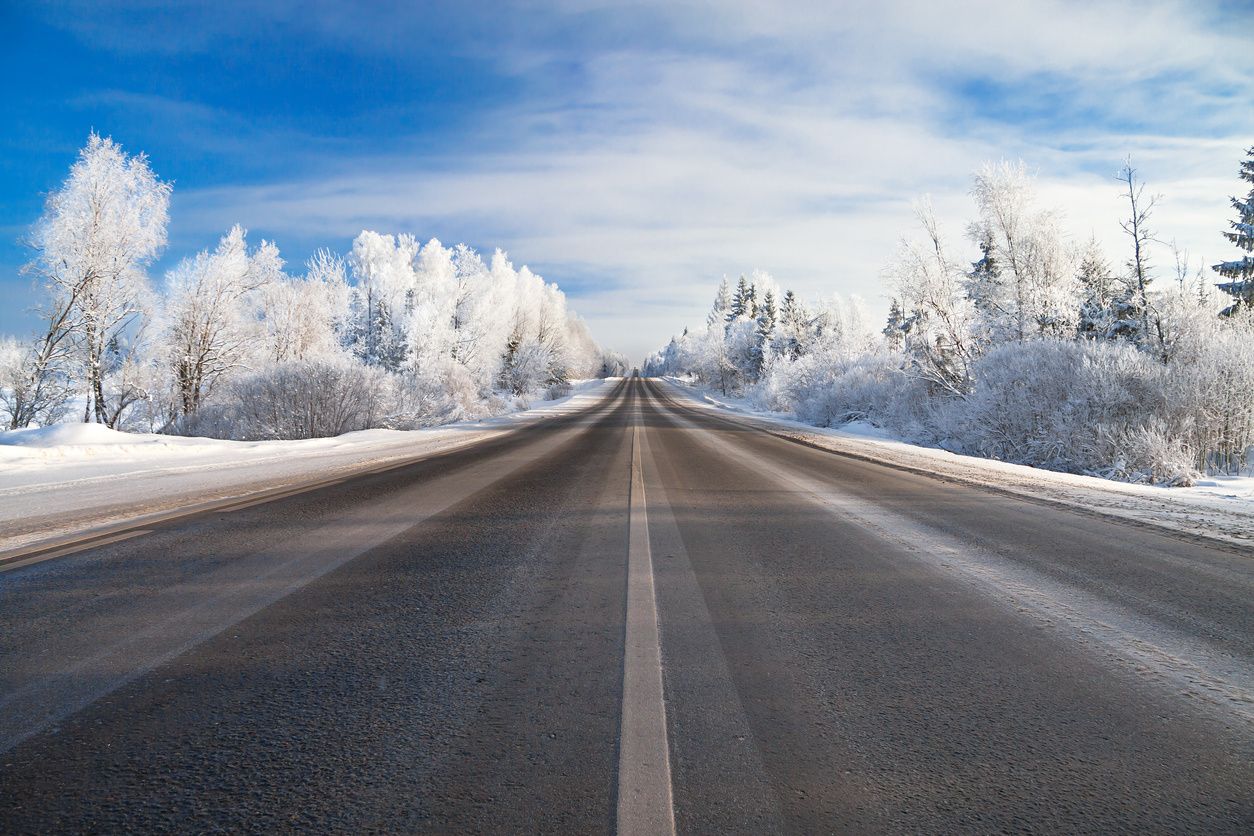Outsight: '3D semantic camera' startup promises driver safety breakthrough
Today's cars already carry a suite of sensors to understand the world around them. They can follow other vehicles at a safe distance, read road signs, stay in lane, and apply the brakes in an emergency. But they don't fully understand the composition of their environment. They can't tell the difference between a cardboard cutout of a person, and a real, breathing human.
Read More:
- Bosch says new lidar sensors will cut cost of autonomous cars
- GM Cruise reveal first truly driverless car - but you can't ride in it just yet
- 28 self-driving car terms you need to know about
This could soon change, says Outsight, a French startup with a new type of laser-based camera it believes may revolutionize vehicle safety systems, while also anonymously tracking the movement of people in busy spaces like airports.
Outsight sees a near-future where cars will be able to spot black ice hundreds of meters away, then warn the driver. The system can even determine the depth of any ice, water or oil on the road ahead, then decide if these elements pose a risk.
"Our unique laser enabled us to detect the material composition of objects," said Raul Bravo, Outsight co-founder and president to GearBrain. "This means detecting skin, plastic, metal, etc."
This hardware Bravo mentions is combined with software running on a small ARM processor, which can understand its environment, then detect, classify and track objects in real time.
Unlike other ADAS (advanced driver-assistance systems), Outsight's technology does not rely on artificial intelligence and it has not been taught using a database of millions of examples of objects it might be faced with. "It is a training-less classification system," Bravo said.
The system can do this because it doesn't need to understand what the object is, or precisely what it is made of, only that it's something metal, for example, rather than knowing if it's exactly steel or aluminum. Most importantly, the system has the ability to reliably see humans, vehicles, and water, ice, snow or oil on the road surface.
"If a car - not an autonomous car, but a regular car - were able to detect or assess the fact that there is black ice on the road ahead, today you could save 5,000 lives per year, and prevent 200,000 accidents per year," said Bravo, speaking of the technology's potential to improve road safety.
Mass-produced
Outsight said the technology can already be mass-produced at a cost acceptable for car manufacturers, and Bravo assures us this is not a science project or a concept of a future technology. The system can be fitted either to the front of a car, where radar sensors are installed today, or to the inside of the windshield, where many cars already feature a cluster of forward-facing sensors and cameras, he said.
Although not revealing the name just yet, Bravo noted that Outsight has recently started its first collaboration with a car maker, and more details will be announced in the coming weeks.
This could lead to the technology appearing on the manufacturer's next generation of vehicles, said the company. Although vague for now, this likely means it will hit the roads in the next two to five years, depending on a car manufacturer's current line up and lifecycle.
In other words, the Outsight technology cannot be retrofitted to today's vehicles; it needs to be implemented from the start of the design process.
But before the camera arrives on cars, Outsight will install its technology at Charles de Gaulle airport in Paris, France later this year. Here, it will be used to anonymously monitor the flow of passengers through the airport. The system has no interest in seeing the faces of passengers, but by understanding footfall through a terminal, airport staff can open an extra line at security when lines develop, for example.
It can also spot when a suitcase has been left behind, then track the person who left it there so airport staff can approach them, reunite them with their bag, or investigate if necessary. No other company is working on technology like this, Bravo said.
"I would like to stress that this is something being deployed this year, so people understand this is not just science," said Bravo. "It is real and something that is going to change how airports and other large spaces understand what is happening inside."
